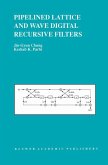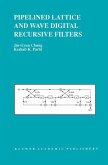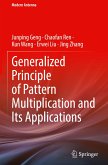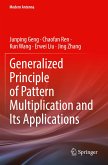Condensed matter physics is one of the most important branches of physics which is concerned with the macroscopic properties of the materials on the grounds of the microscopic phenomenon. It deals especially with the solid and liquid phases of the material and has emerged as an encouraging area of research for understanding the materials and their properties. It has intensified the basic concepts of various materials; uncover the hidden opportunities for designing and predicting novel materials and their properties. The research in condensed matter physics has the potential to rise in different device applications like as in the development of nano-materials, thermoelectric devices, the fabrication of effective solar cells, superconducting materials, super-computers, quantum computations, photo-sensors, electronic gadgets, and laser technology, etc. The study and investigation related to the structural, electronic, elastic, mechanical, magnetic, lattice dynamic, superconducting, transport and thermodynamic properties of materials are fascinating because these properties decide the applications of the material in different areas of interest. For example, the study related to the structural properties directs us towards the ground state energy, the equilibrium lattice constant, phase stability, phase transition, and bulk modulus. The calculations related to electronic properties decide the electronic band structure and the contribution of atomic orbital in determining the behavior of the material as metallic, half-metallic, or insulator. The elastic properties control the elastic stability of the material and the calculations of elastic constants are used to evaluate the mechanical characteristic of the material by determining the bulk modulus, Young modulus, shear modulus, and Poisson Ratio, etc. These mechanical parameters signal the strength of the crystal lattice under external perturbations. The magnetic properties demonstrate the nature of the material as ferromagnetic, anti-ferromagnetic, or diamagnetic. A study related to l attice dynamics deals with the vibrations of atoms of the material. Lattice dynamics concern with the spectrum of characteristic vibration of crystalline solid. The phonon behavior and their frequency of vibration determine the stability of the materia in a particular phase. Also, lattice dynamics contribute to the explanation of specific heat, thermal conductivity, thermal expansion, thermodynamics, and superconductivity. Therefore, in this work, the structural, electronic, lattice dynamic, and superconducting properties of novel alloys have been investigated. To investigate various properties of novel alloys, theoretical condensed matter physics involves the use of numerical computation and emerged as a science named computational material science.








